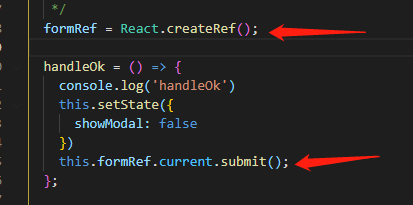I have a friend who had an existing Rails application, which appears to be built in '2.3.4' according to the environment.rb files. He has some issues with it and asked me to look into it for him.
I am used to using Rails 3.2+.
I downloaded his files and ran the bundle command and got this response:
Could not locate Gemfile
I then tried to check out the site locally by running the rails s command. I got back:
Usage:
rails new APP_PATH [options]
Options:
-r, [--ruby=PATH] # Path to the Ruby binary of your choice
# Default: /Users/stevenbrooks1111/.rvm/rubies/ruby-1.9.3-p429/bin/ruby
-m, [--template=TEMPLATE] # Path to some application template (can be a filesystem path or URL)
[--skip-gemfile] # Don't create a Gemfile
-B, [--skip-bundle] # Don't run bundle install
-G, [--skip-git] # Skip .gitignore file
[--skip-keeps] # Skip source control .keep files
-O, [--skip-active-record] # Skip Active Record files
-S, [--skip-sprockets] # Skip Sprockets files
-d, [--database=DATABASE] # Preconfigure for selected database (options: mysql/oracle/postgresql/sqlite3/frontbase/ibm_db/sqlserver/jdbcmysql/jdbcsqlite3/jdbcpostgresql/jdbc)
# Default: sqlite3
-j, [--javascript=JAVASCRIPT] # Preconfigure for selected JavaScript library
# Default: jquery
-J, [--skip-javascript] # Skip JavaScript files
[--dev] # Setup the application with Gemfile pointing to your Rails checkout
[--edge] # Setup the application with Gemfile pointing to Rails repository
-T, [--skip-test-unit] # Skip Test::Unit files
[--rc=RC] # Path to file containing extra configuration options for rails command
[--no-rc] # Skip loading of extra configuration options from .railsrc file
Runtime options:
-f, [--force] # Overwrite files that already exist
-p, [--pretend] # Run but do not make any changes
-q, [--quiet] # Suppress status output
-s, [--skip] # Skip files that already exist
Rails options:
-h, [--help] # Show this help message and quit
-v, [--version] # Show Rails version number and quit
Description:
The 'rails new' command creates a new Rails application with a default
directory structure and configuration at the path you specify.
You can specify extra command-line arguments to be used every time
'rails new' runs in the .railsrc configuration file in your home directory.
Note that the arguments specified in the .railsrc file don't affect the
defaults values shown above in this help message.
Example:
rails new ~/Code/Ruby/weblog
This generates a skeletal Rails installation in ~/Code/Ruby/weblog.
See the README in the newly created application to get going.
I would like to be able to tell my friend what the issues are as well as go through the site. The server it was running on no longer accepts anything less than Rails 3.2.
How can I run this server locally? I cannot tell what the problems are because:
- He doesn't have a gemfile.
- I can't even see his site.
- I cannot see where his errors are because he does not have any tests.





